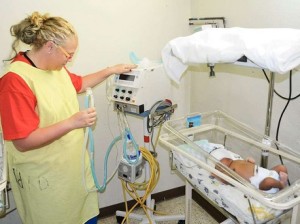15
August
So I have to make a correction/retraction for Dr. Ramos. We had the discussion during ward rounds at Annotto Bay regarding my post about peds patients being transferred to Bustamante being “very sick”. In fact many of the very sick patients stay at Annotto Bay (such as the 30 week premie on CPAP or the new-onset diabetic, among others that are currently there.) Usually the reason for transfer to Bustamante is because the patient requires Pediatric specialty care, such as surgery or oncology. And as I think on it – the care we give back home in our rural non-pediatric hospital is very similar. We are 5 hours away from pediatrics specialists and care for a very similar level of sick patients. I stand corrected!
Dr. Jeff









Connect With Us